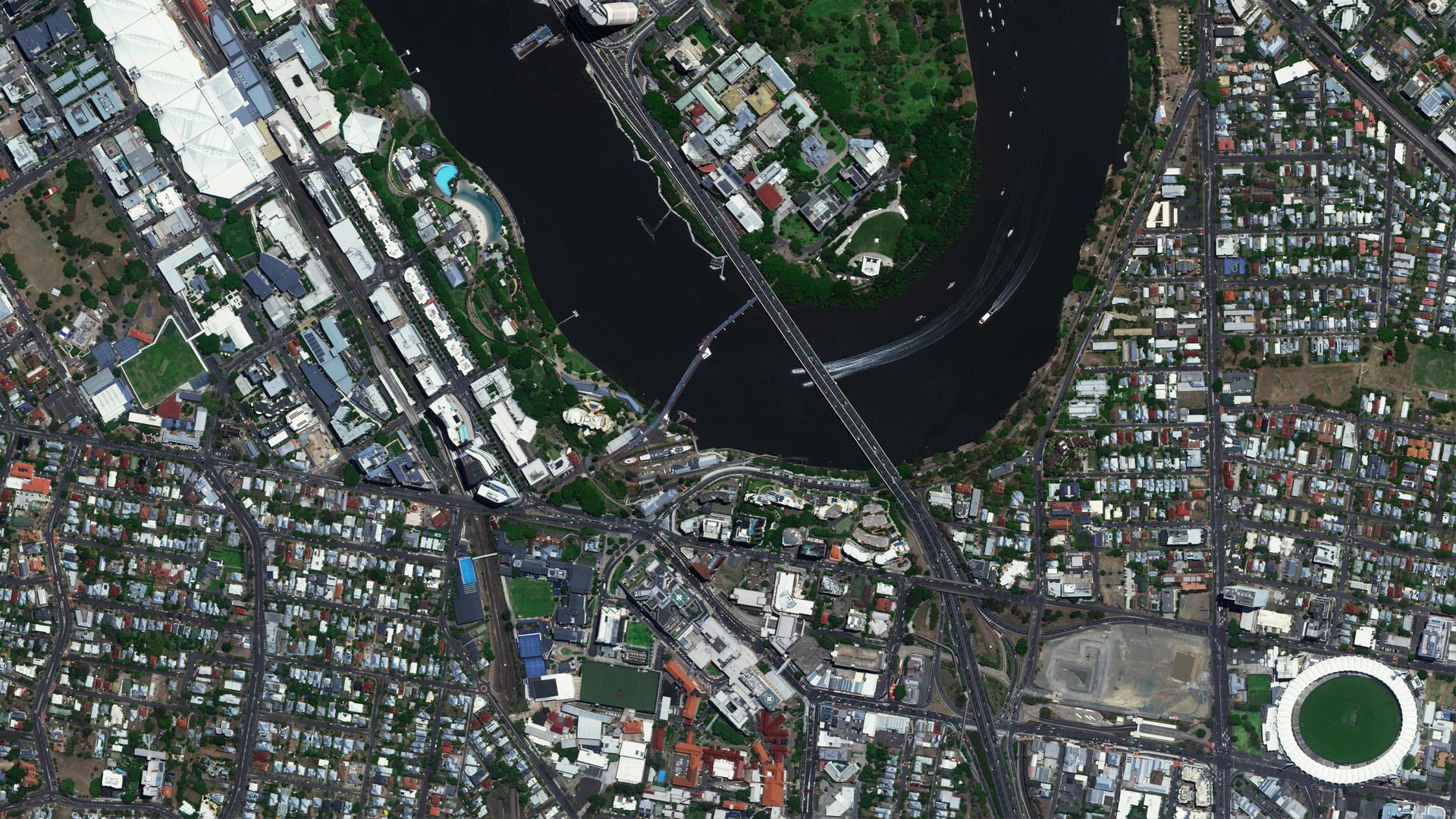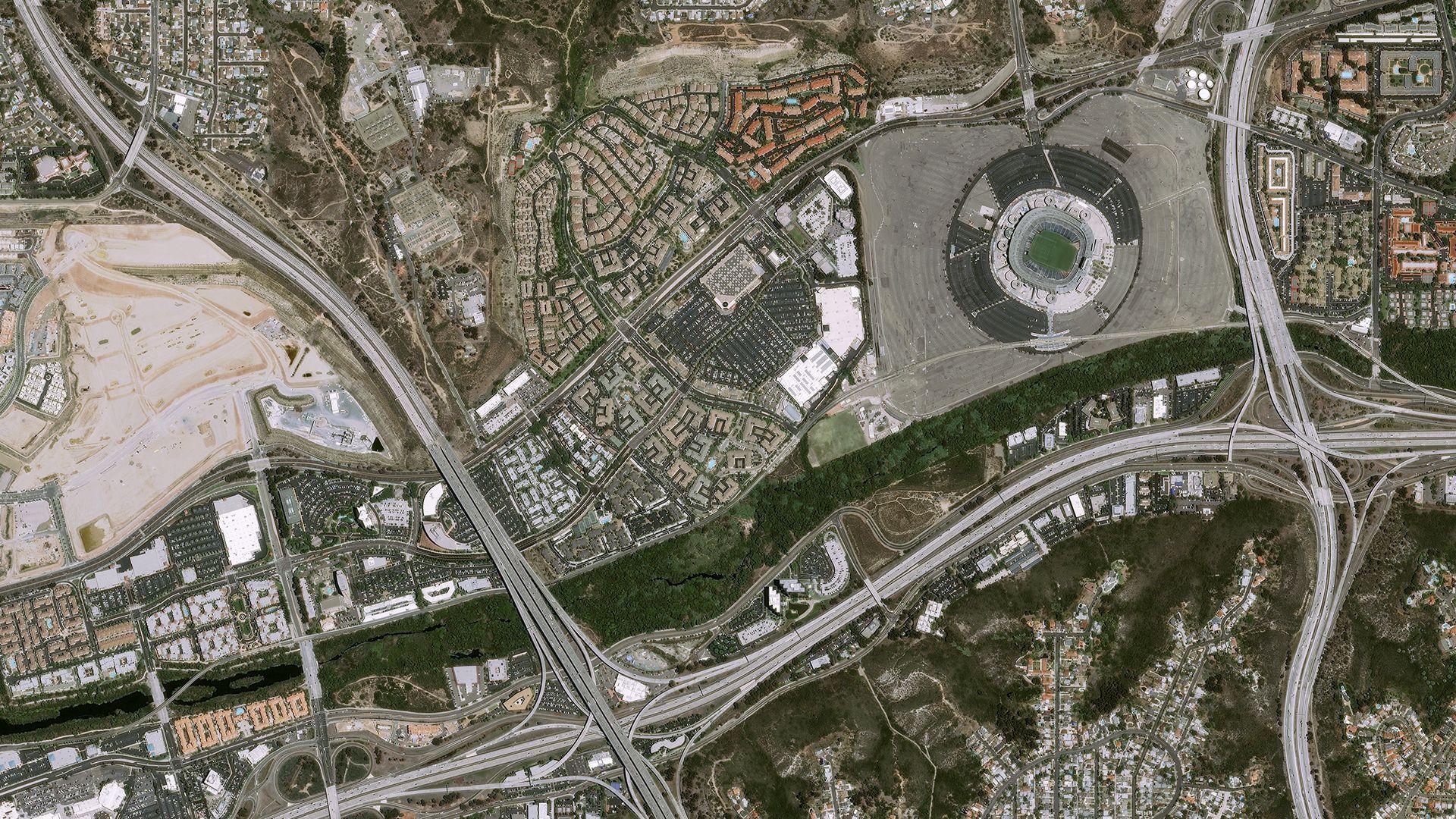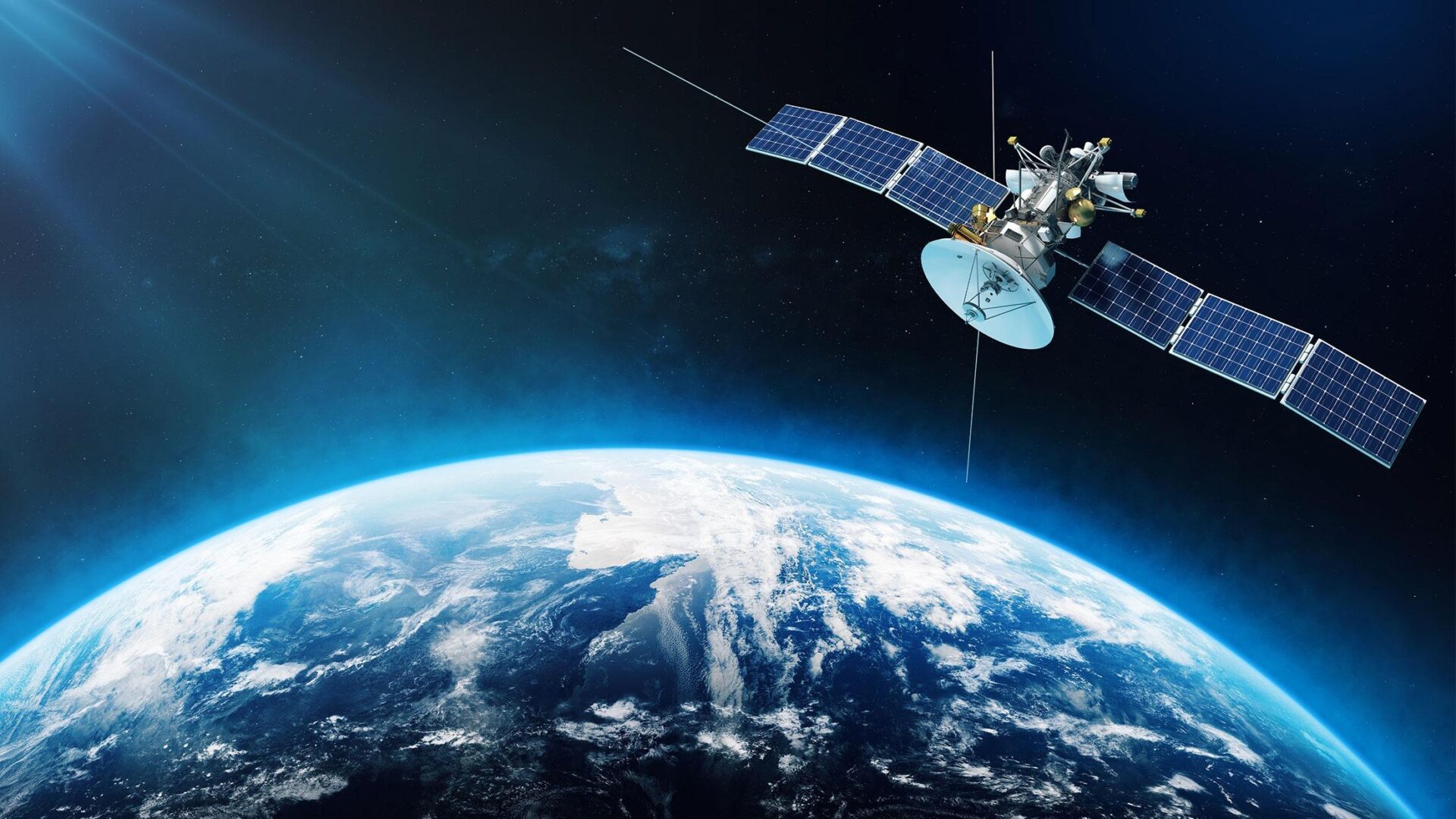Satellite Images Uncover Extensive Damage to Iran’s Nuclear Infrastructure
Recent satellite imagery has unveiled extensive destruction within Iran’s nuclear facilities, raising critically important concerns among international observers regarding the future of nuclear stability in the region. The detailed images showcase extensive damage to several key sites, indicating possible offensive actions or unanticipated incidents.The marked changes are visible in areas traditionally associated with uranium enrichment and other sensitive nuclear activities, sparking debates about the implications for both regional security and global non-proliferation efforts.
Key observations from the satellite analysis include:
- Structural Degradation: Numerous structures at pivotal locations exhibit ample damage, prompting questions about the operational capabilities of these facilities.
- Crater Formation: Craters around vital components suggest targeted actions or significant destructive events, possibly altering the landscape of Iran’s nuclear ambitions.
- Access Restrictions: The ongoing limitations on independent inspections further complicate the assessment of damage and whether these sites can still function as intended.

Analysis of Damaged Facilities Highlights Vulnerabilities in Iran’s Nuclear Program
Recent assessments of satellite imagery have revealed significant damage to several critical sites within Iran’s nuclear infrastructure. This destruction, which appears to have been inflicted by targeted attacks or possible accidents, raises serious concerns regarding the operational capability and resilience of Iran’s nuclear program. Analysts have highlighted that the exposed vulnerabilities may hinder Tehran’s efforts to advance it’s nuclear ambitions, perhaps leading to a reassessment of strategic goals amidst international scrutiny.
The key facilities impacted include:
- Natanz Enrichment Facility: Visible damage to above-ground structures raises alarms about the security measures in place.
- Fordow Underground Facility: Damage to entry points indicates potential weaknesses in protective protocols.
- Isfahan Uranium Conversion Facility: Alterations throughout the site suggest interruptions in production capabilities.
These findings shed light on the necessity for robust security frameworks and more significant international dialog surrounding nuclear non-proliferation. The apparent susceptibility of Iran’s nuclear sites not only threatens their operational viability but also highlights broader geopolitical risks associated with the ongoing tensions in the region.

International Response: Implications of Satellite Findings for Global Nuclear Policy
The recent revelations from satellite imagery depicting damage to critical Iranian nuclear facilities have sparked a range of reactions from the international community, underscoring the delicate balance between national security and diplomatic engagement. Key findings from these images indicate not only structural damage but also potential implications for Iran’s nuclear ambitions, prompting a reevaluation of existing policies regarding non-proliferation and military readiness. Major stakeholders, including the United States and European nations, are now tasked with reconsidering their approaches as tensions escalate. The imagery has fueled debates about the efficacy of diplomatic negotiations versus heightened sanctions and military deterrents.
Consequently, a new wave of international discourse is emerging, focusing on several pivotal aspects:
- Increased Surveillance: Countries may reinforce monitoring mechanisms to better track nuclear activities and compliance under existing treaties.
- Strategic Alliances: Nations may seek to fortify alliances to address potential threats posed by Iran’s nuclear capabilities.
- Policy Adaptation: Governments may develop new policy frameworks that integrate both diplomatic and military strategies to counter perceived risks.
- Focus on Accountability: There is a growing call for transparent mechanisms to ensure accountability for nations that violate international agreements.
The implications of these satellite findings reach far beyond the immediate concerns, influencing future diplomatic engagements and security policies on a global scale.

Recommendations for Diplomatic Engagement and Monitoring of Iran’s Nuclear Activities
The recent revelations from satellite imagery highlight the urgent need for a multi-faceted approach to diplomatic engagement with Iran concerning its nuclear program. As international scrutiny intensifies, it is crucial for stakeholders to prioritize transparent discussions that foster a collaborative environment. Diplomacy should focus on establishing clear frameworks for Iran’s nuclear activities,emphasizing the importance of verifiable commitments and transparency in monitoring systems. key players in the international community must advocate for a renewed commitment to diplomatic channels, creating an atmosphere of trust rather than tension.
In addition to diplomatic efforts, enhanced monitoring mechanisms must be deployed to ensure compliance with nuclear agreements. This can be accomplished by implementing a combination of advanced technologies and on-the-ground inspections. Essential recommendations include:
- Utilizing real-time satellite surveillance to track developments at nuclear sites, enabling immediate identification of any structural changes or unauthorized expansions.
- Engaging regional partners in intelligence sharing to build a thorough understanding of Iran’s nuclear ambitions and capabilities.
- Incorporating independent experts in monitoring processes to provide unbiased assessments and foster credibility in reporting.
Such measures not only reinforce accountability but also serve to minimize the risks associated with nuclear proliferation in the region.
